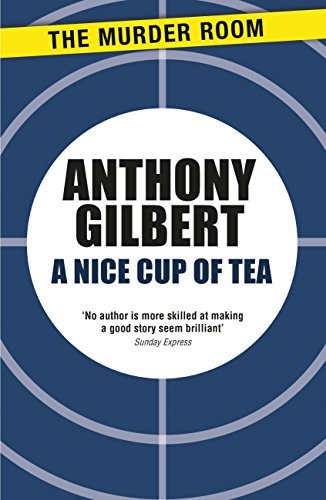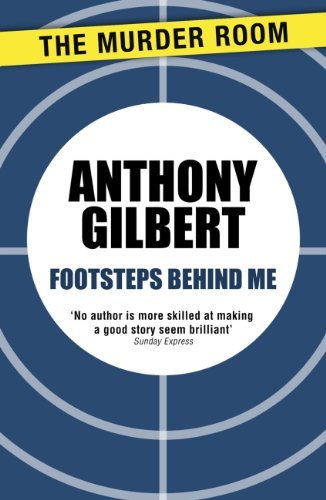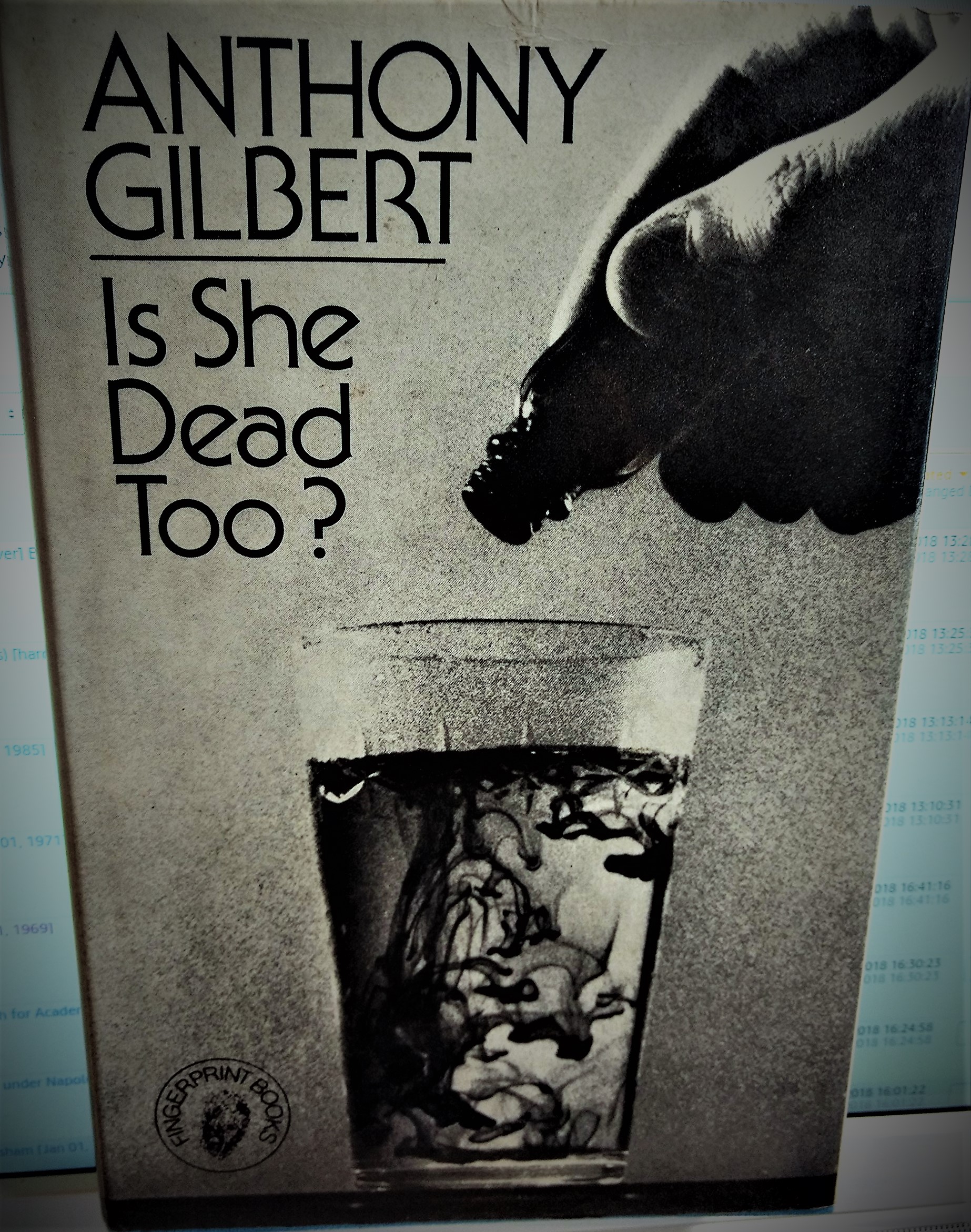


Books in series

Murder by Experts
1936

The Man Who Wasn't There
1937

The Clock in the Hatbox
1939

The Bell of Death
1939

The Vanishing Corpse
1941

The Woman in Red
1941

Something Nasty in the Woodshed
1942

La gente muere despacio
1942

The Mouse Who Wouldn't Play Ball
1943

He Came by Night
1944

The Black Stage
1945

Don't Open the Door
1945

Levante usted la tapa
1945

The Spinster's Secret
1946

Death in the Wrong Room
1947

Death Knocks Three Times
1949

Die in the Dark
1947

Murder Comes Home
1950

A Nice Cup of Tea
1950
Lady-Killer
1951

A Case for Mr. Crook
1952

Footsteps Behind Me
1953

Snake in the Grass
1954

Is She Dead Too?
1955

And Death Came Too
1956

Riddle of a Lady
1956

Give Death a Name
1957
Death Against the Clock
1958

Death Casts a Long Shadow
1959

Prelude to Murder
1959

Out for the Kill
1960

She Shall Die
1961

Uncertain Death
1961

No Dust in the Attic
1962

Ring for a Noose
1963
The Fingerprint
1964
The Voice
1964

Passenger to Nowhere
1965
The Looking Glass Murder
1966
Murder Anonymous
1968
Missing From Her Home
1969

Death Wears a Mask
1939

Tenant for the Tomb
1951

Murder's a Waiting Game
1941

A nice little killing
1946
Authors

Anthony Gilbert was the pen name of Lucy Malleson an English crime writer. She also wrote non-genre fiction as Anne Meredith , under which name she also published one crime novel. She also wrote an autobiography under the Meredith name, Three-a-Penny (1940). Her parents wanted her to be a schoolteacher but she was determined to become a writer. Her first mystery novel followed a visit to the theatre when she saw The Cat and the Canary then, Tragedy at Freyne, featuring Scott Egerton who later appeared in 10 novels, was published in 1927. She adopted the pseudonym Anthony Gilbert to publish detective novels which achieved great success and made her a name in British detective literature, although many of her readers had always believed that they were reading a male author. She went on to publish 69 crime novels, 51 of which featured her best known character, Arthur Crook. She also wrote more than 25 radio plays, which were broadcast in Great Britain and overseas. Crook is a vulgar London lawyer totally (and deliberately) unlike the aristocratic detectives who dominated the mystery field when Gilbert introduced him, such as Lord Peter Wimsey. Instead of dispassionately analyzing a case, he usually enters it after seemingly damning evidence has built up against his client, then conducts a no-holds-barred investigation of doubtful ethicality to clear him or her. The first Crook novel, Murder by Experts, was published in 1936 and was immediately popular. The last Crook novel, A Nice Little Killing, was published in 1974. Her thriller The Woman in Red (1941) was broadcast in the United States by CBS and made into a film in 1945 under the title My Name is Julia Ross. She never married, and evidence of her feminism is elegantly expressed in much of her work.